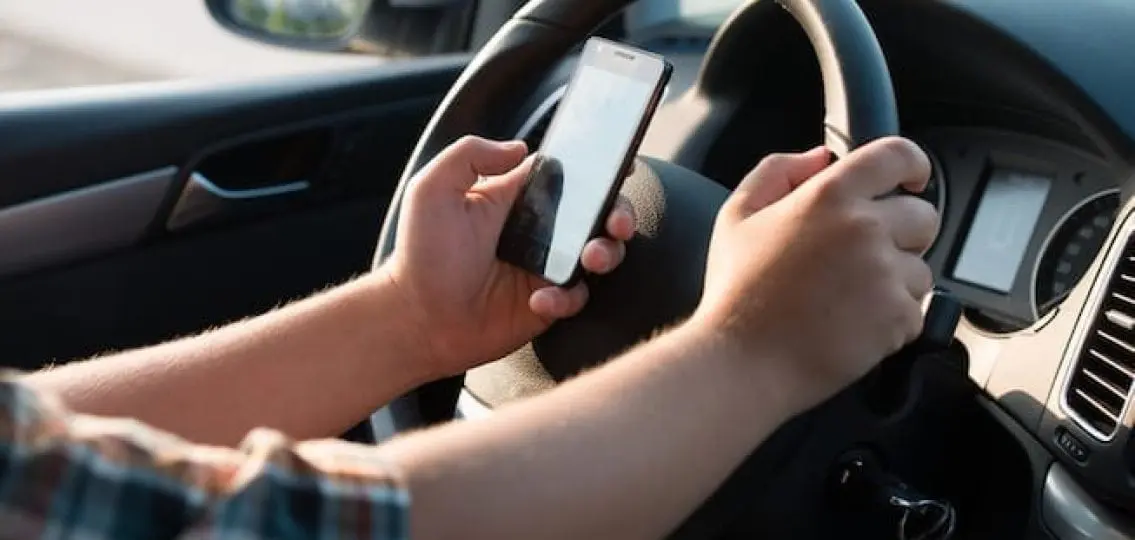Interview by Diana Simeon
Cell Phone Safety With A Medical Expert
It seems like every few months a study comes out addressing cell phone safety. Some, like a recent report out of Denmark, suggest that cell phones are for the most part safe. But others give reason for caution, particularly for users who spend many hours a day on the phone. Your Teen caught up with Dr. Andrew Sloan, Director of the Brain Tumor and Neuro-Oncology Center at University Hospitals, for some cell phone safety tips to help parents understand how cell phones can impact their teenager’s health.
Q: What is the biggest danger of cell phones?
Dr. Sloan: The most important issue with cell phones and teenagers is texting while driving. Car accidents are the number one cause of death in young adults. This is, of course, not to say that radiation from cell phones is safe. But, before we get fancy and talk about sophisticated biology—and I’m a brain tumor researcher; I’m interested in science—we have to acknowledge the biggest danger: texting while driving.
Q: What we hear in the media about cell phones and cancer is confusing. What does the current research tell us? Is cell phone radiation safe?
Dr. Sloan: There are a lot of studies out there. A recent study that got everyone up in arms was by researchers at the National Institute of Health, in which they used PET scans to measure brain glucose metabolism in people using cell phones. The brain uses glucose for fuel almost exclusively, and these PET scans showed that there was increased use of glucose near the area where the participants held their phones. The researchers surmised that because children and adolescents have smaller heads, with less soft tissues and thinner bone, maybe the effect would be worse in them. We know that brain tumors have high metabolic rates. That’s not to say that cell phones lead to brain tumors, but that cell phone use increases the metabolism of the brain in a particular region that might hypothetically make the brain more susceptible to damage that could potentially cause tumors.
Q: What about the Interphone Study, which has been following cell phone users for more than a decade?
Dr. Sloan: There are a number of observational studies that looked at the risk of brain tumors in people who use cell phones, and the biggest of these is the Interphone Study Group, which is a study in Europe, North America and Israel. The researchers found that, overall, there was no increased risk after 10 years. However, there was a slight increased risk for the people who used cell phones the most, and it was mostly in the temporal lobe, which is the side of the head where you hold the phone. The risk tended to be higher in people who used the cell phone on the same side all the time, so at the highest exposure levels, there may be a slight increased risk of developing a brain tumor.
Q: Earlier this year, the World Health Organization also took a position on cell phone radiation. Help us understand what it said.
Dr. Sloan: Last May, the International Agency for Research on Cancer (IARC), which is a sub-agency of the World Health Organization (WHO), announced that it had classified radiofrequency electromagnetic fields, which is what cell phones emit, as possibly carcinogenic to humans. IARC has four risk cohorts. Group 1 is agents that we know are carcinogenic to humans, like tar and nicotine. On the other end, Group 4 is agents that are not carcinogenic to humans, like fruit. Group 2 is divided into 2A and 2B. Group 2A is agents that are probably carcinogenic and 2B is possibly carcinogenic. The IARC classified radio frequency as a Group 2B exposure. Is that good? No, but it’s classified with gasoline and pesticides. And by the way, most of us still put gas in our cars. So, is it bad? Well, yes, in a sense. But a “smoking gun?” Not quite!
Q: It sounds like there is a reason to at least be cautious about how we use our phones. What should parents encourage their teenagers to do?
Dr. Sloan: The best thing is to limit use. The second thing is don’t hold the cell phone up to your ear. A speakerphone is safer; texting is a lot safer, as long as you are not driving, mind you. You can also get an earbud or a Bluetooth device.
Q: Do Bluetooth devices emit radiation?
Dr. Sloan: It’s interesting. I have not seen a study on that. I guarantee they do emit some radiation. Hopefully it’s lower, but I don’t know. So, I prefer to use either speakerphone or, frankly, I use the old-fashioned kind of ear bud that plugs into the phone. My friends look at me like I’m from Mars because I am the only guy that still uses one.
Q: Many teenagers just shove the phone in their pants pocket.
Dr. Sloan: That’s a terrible idea. I never keep the phone in my pocket. I have a holster that keeps it about half an inch away from my body. Girls, especially young girls with developing breasts, should avoid putting it in a breast pocket. I don’t have any evidence, but I have to say that is not the place that you want it. I recommend keeping it in a holster.
Q: How about taking it to bed and stashing it under the pillow, which some teenagers do?
Dr. Sloan: Terrible idea. If teenagers are doing that, mom and dad need to intervene. You shouldn’t take a cell phone to bed.
Q: Is there a difference between a basic phone and a smart phone, in terms of radiation?
Dr. Sloan: Every phone is different; check with the manufacturer. We know a 4G, which are usually smart phones, is likely to emit more radiation than a 3G, and a 3G will likely emit more radiation than a 2G of the same vintage. This is because 4Gs use sophisticated technology to reach a satellite, which is what can put you at risk.



